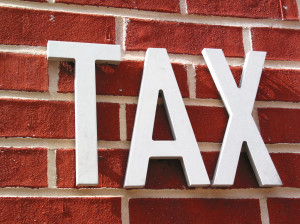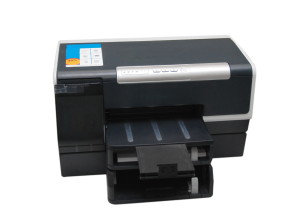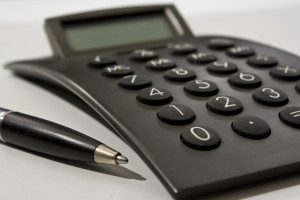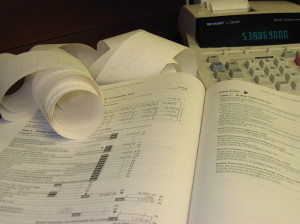 Bookkeeping is one of the most powerful tools when it comes to maximizing tax savings. It’s where the activity gets captured and when done properly, it can capture additional tax savings.While bookkeeping is often viewed as a necessary evil, it has the ability to give your tax strategy a boost in many different ways. Here are just a couple of those ways:
Bookkeeping is one of the most powerful tools when it comes to maximizing tax savings. It’s where the activity gets captured and when done properly, it can capture additional tax savings.While bookkeeping is often viewed as a necessary evil, it has the ability to give your tax strategy a boost in many different ways. Here are just a couple of those ways:
#1: Bookkeeping Captures What is Often Missed
When I look at a new client’s tax return, I often find that deductions are missed or understated. The most common are:
• Home office
• Travel
• Vehicle
• Meals & entertainment
These deductions are missed or understated because there is no system in place to capture the information. Bookkeeping is this system.
Let’s use the home office as an example. Some of the expenses related to a home office include:
• Mortgage interest
• Property taxes
• Utilities, including water, gas, electric, sewer
• Pest control
• Security
• Association dues
While many people capture some of these expenses, it’s rare to see all of these expenses captured. Most people capture the big items – mortgage interest and property taxes – but usually miss the smaller items. These smaller ones can really impact the tax savings because these expenses create permanent tax savings.
The expenses listed above are all paid personally. Keeping a set of books for your personal finances can really pay off in the form of additional tax savings. Any time you pay a bill that relates to the occupancy of your home office, code it accordingly in your personal bookkeeping.
Doing bookkeeping for your personal finances can also help identify expenses you may not have thought to include as part of your home office or other tax deductions.
#2: Bookkeeping Captures the Timeline
A very powerful form of permanent tax savings comes from how you pay yourself from your business. Many times there is a delicate balance between distributions and salary and using the right amount of each is what creates permanent tax savings.
This makes distinguishing the two very important – especially given that these amounts will be scrutinized if audited.
Your bookkeeping documents two key factors related to distributions and salary:
• The amount
• The timing
Your bookkeeping is a fantastic tool to track how much you have paid yourself in distributions and how much you have paid yourself in salary. Even more important, is the timing of your distributions and salary.Think about when you pay your employees. Is it a set period or is it whenever you feel like it? Of course, it is a set period. The salary you pay yourself should also follow this pattern. Your bookkeeping captures this pay period pattern, helping to support your salary as part of the company’s normal payroll.
Now, think about how large corporations pay their shareholders. Typically, dividend distributions are quarterly or annually. Your distributions should follow a similar pattern. Your bookkeeping provides documentation of the actual timing of your distributions which is very important in your tax planning.
Good bookkeeping is a necessity if you want to maximize your tax savings. This includes bookkeeping for your business, as well as, bookkeeping for your personal finances.










